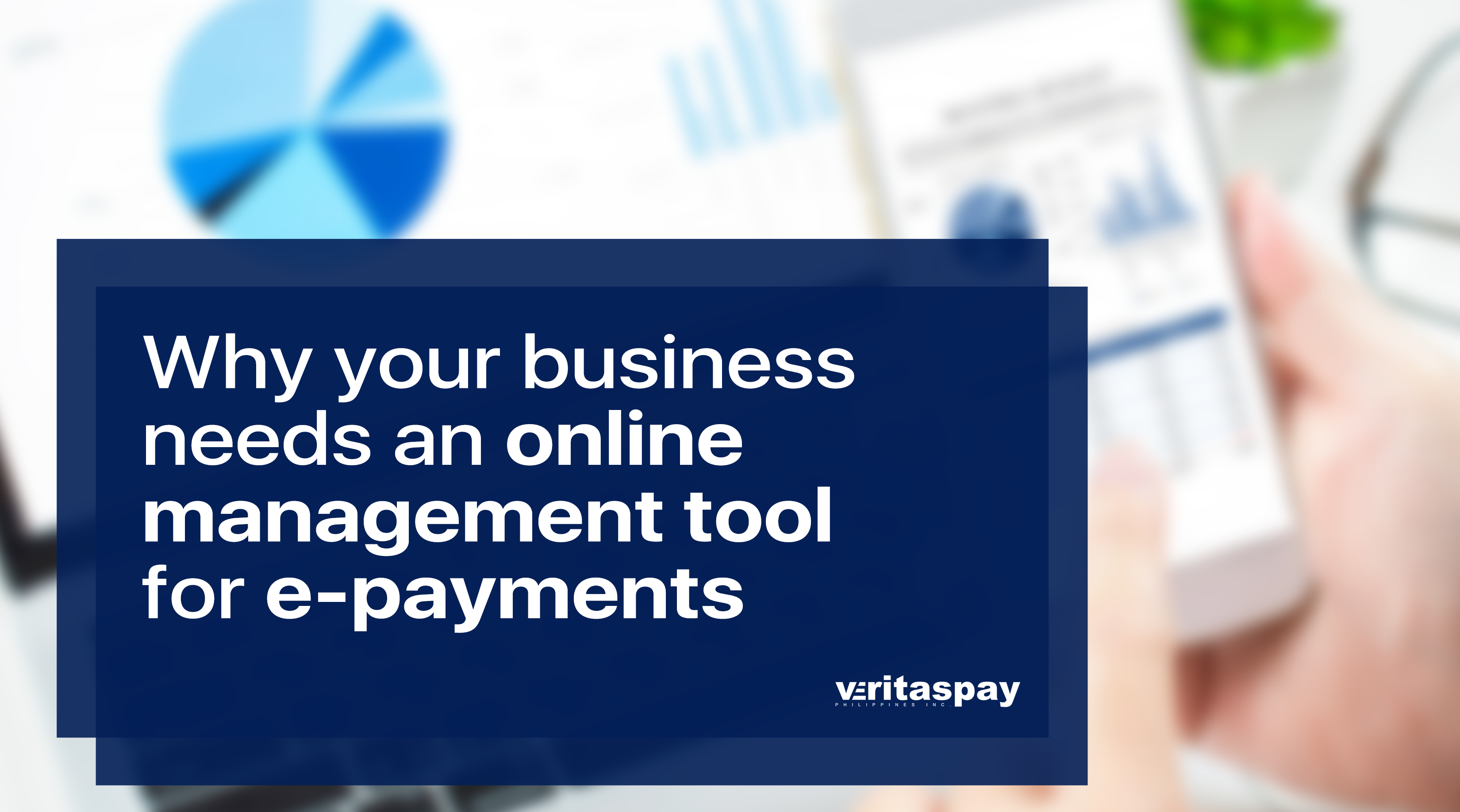Why Your Business Needs an Online Management Tool for E-payments
by Je Yaranon on January 2021

First off, let’s establish that it’s called a back-office. Don’t worry, your nose won’t bleed. The scope may be vast, but as our title suggests, it’s basically all about an online data management tool.
Handling data, of course, plays a vital role in having a well-structured business. After all, every in-house movement is preferably recorded and kept safely for future reference.
For such businesses, the back-office compiles varying sorts of data. It may include any or all of these: transactions, store information, and finance & accounting records. Though it can be available as a software, it’s usually web browser-based and accessible by going to a URL and entering your login credentials – kind of like how you access your social media accounts.
For such businesses, the back-office compiles varying sorts of data. It may include any or all of these: transactions, store information, and finance & accounting records. Though it can be available as a software, it’s usually web browser-based and accessible by going to a URL and entering your login credentials – kind of like how you access your social media accounts.
Why should your business have a back-office?
The back-office is your digital file cabinet, and as opposed to a computer folder or a Microsoft Excel spreadsheet, every option and every functionality on every corner of the tool is particularly built to manage data.
The most important features you need for data management is in the back-office. It’s an online hub made to make store owners’ lives easier.
What should a back-office have?
Great user experience (UX) and simple user interface (UI)
Back-offices are one of the lesser-known tools for businesses, so it’s easy for users across all demographics to be quickly confused. Look for something that has a simple, clean interface and doesn’t overwhelm first-time users with functionalities.
Availability/Scalability
The back-office is an aid for store-runners, so it has to be available on-the-go, meaning it must be instantly accessible through a WiFi-connected desktop, laptop, or smart mobile device anytime, anywhere.
VeritasPay’s back-office is built to have such availability, and it has the same type of UX and features in each device.
Security
This should never be overlooked. The back-office is where the business’s most important information is stored, and security should always be at its strongest. The protection must go way beyond having a ‘strong’ password.
One good indication that it will have a robust protection is if the provider follows PCI policies. If they do, it’s virtually guaranteed that files and figures are thoroughly safeguarded.
API integration
This one is for businesses who have pre-existing payment platforms or applications. It should be at the very top of requirements as manual integrations will be very, very rough. No one has to be tasked to transfer data one-by-one.
Additional Features
Treat it how you canvas for other goods or services. Always look for the one that can do the most.
Here at VeritasPay, we have all the previous items and more. On top of the standard functions, our back office can do the following as well:
> Monitor sales transactions
> Generate filtered reports
> Order additional payment solutions and devices
> Void/refund transactions
Outside VeritasPay, not a lot of providers can promise at least some of those features, much less all of it.
Want to know more about VeritasPay’s back-office? We have so much more to tell you. Don’t forget that it comes free with availing any of our payment solutions!
As VeritasPay continues to provide high-quality payment solutions and promote cashless transactions, the company is also dedicated in bringing in fresh and informative content. We’ll be continuing to share new articles about our products, services, and varying subjects within the industry as we move forward.
Contact us here to know more.
Related Articles

